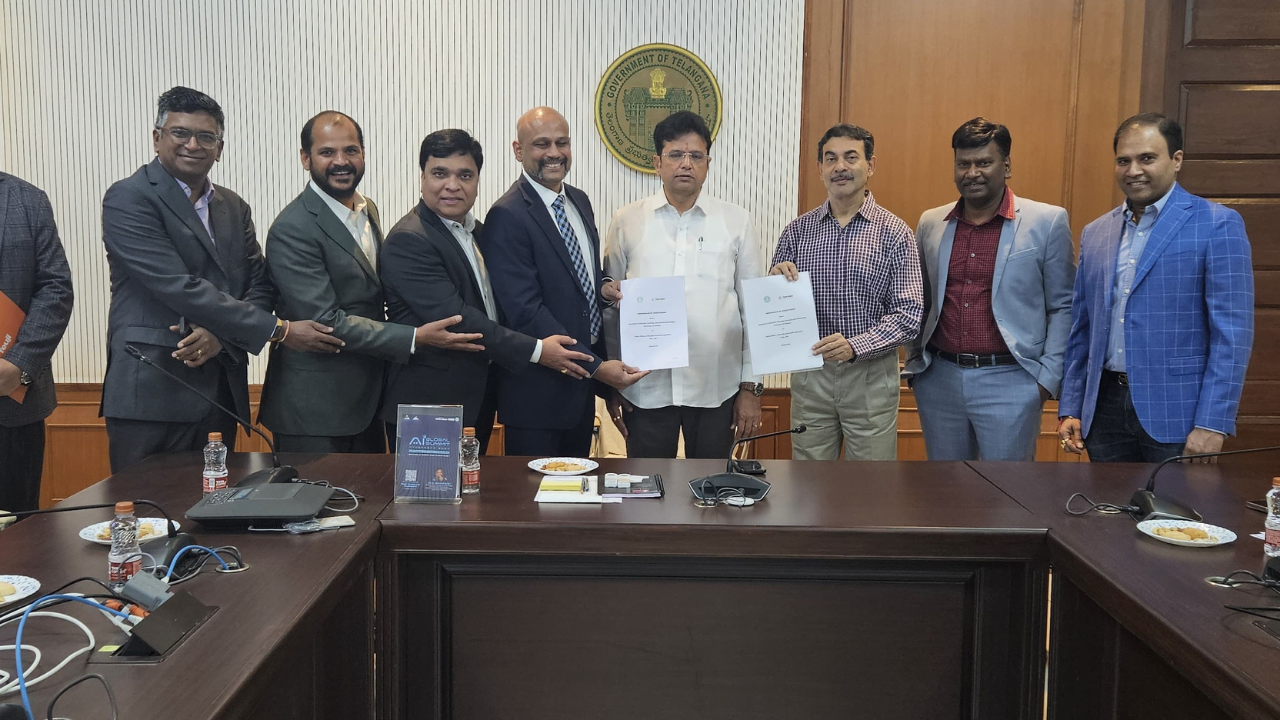Suchitra Mitra’s birth centenary year reminds us the Rabindrasangeet singer was also an activist
Her unorthodox style of singing allowed her to adapt to various settings, whether a factory or a tottering stage.


Suchitra Mitra (1924-2011), often hailed as a preeminent artist of Rabindrasangeet – Rabindranath Tagore’s songs – left an indelible mark on the world of Bengali music through her exceptional ability to immortalise the genre, transcending both geographical and generational confines. Her musical journey commenced in the early 1940s when she sought training at Sangeet Bhavana in the precincts of Visva Bharati. Under the tutelage of Indira Devi Chaudhurani, Santidev Ghosh and Sailajaranjan Majumdar, distinguished pedagogues of Rabindrasangeet, Suchitra (in accordance with the South Asian literary tradition of addressing individuals by their first names, I have maintained this custom) honed her artistic prowess.
The conventional narratives that often adorn Suchitra’s biography merely skim the surface of her multifaceted life. Hence, it is imperative to venture beyond the accolades and explore a facet of her life that often escapes critical engagement – where her identities as artist and activist converged. This convergence found its most potent expression in her commitment to crafting Tagore’s compositions into a crucible of leftist cultural aesthetics during the Marxist Cultural Movement of the 1940s.
As we get ready to celebrate Suchitra Mitra’s 100th birthday, it becomes incumbent upon us to peel back the layers of conformist homilies and shine a critical spotlight on...



































![Safari Thorium Neo 8-Wheel Luggage Set Trolley Bags (Set of 3) at just Rs. 5,599 [MRP 29,100]](https://savefree.in/uploads/images/202409/image_870x580_66f63845060f0.webp?#)











![Handmade Brown Mango Wood Chopping Board At just Rs. 89 [MRP 599]](http://savefree.in/uploads/images/202303/image_870x580_641bf7e9c2206.jpg?#)


